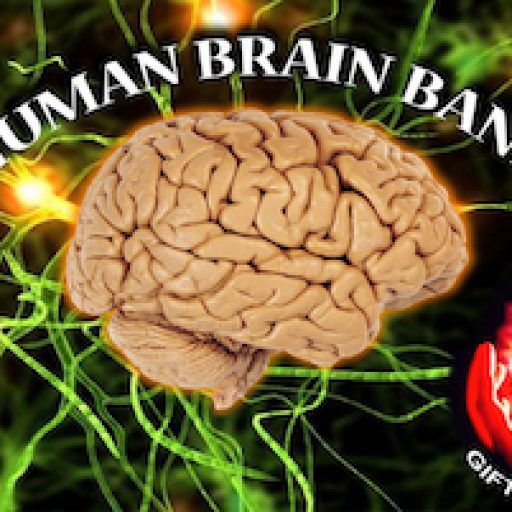Future Perspectives of HBTR & Neuropathology Musuem
Neurodegenerative Diseases
- Codon mutations in cases of CJD in Indian population and detection of these mutations in familial cases.
- Serological diagnostic test for transmissible spongiform encephalopathies. (Serological test for 14-3-3 has already been developed and offered as a diagnostic test)
Molecular Biology
- Initiate molecular genetic studies in various forms of inborn errors of metabolic enzymes and enzyme deficiencies in collaboration with other scientist and clinicians utilizing the banked blood samples (Can be deleted if not appropriate).
- Development of cDNA library in normal and neurodegenerative diseases.
- Development of a DNA bank as a research facility for genetically transmitted neurological diseases in collaboration with other laboratories. (Can be deleted if not suitable).
Infections
- The neuropathlogical evaluation of HIV dementia and its pathogenesis in the Indian context.
- Cytokine profile in neuroinfections, epilepsy and their influence on progression of the disease – (In progress)
- Proteomics/genomics of CNS infections to identify candidate biomarkers – (In progress)
- Establishment of registries and developing database of neuroinfections for policy planning.
Stem cell biology
- Mapping of resting stem cell pool in the human brain at different ages
- Response of resting stem cells following head injury and their reparative potential
- Identifying tumor stem cells in human brain tumors.
Teaching modules
- Developing museum and teaching sets to provide material to medical colleges for undergraduate and postgraduate training (on going)
MRI imaging
- MRI imaging of human brain specimens collected at autopsy for Neuroanatomical and pathological correlation.
Free of freezing artefacts
- Development of technology to retrieve brain tissue from frozen state for histological processing without freezing artefacts. Though the technology for such retrieval of cell lines is available, for small bits, from large slices of brain, it needs to be developed. This will facilitate the simultaneous pathomorphological and molecular biological studies in future from the stored material and correlate with MRI and molecular imaging in human brain.
Networking
- Make efforts to enroll and develop Biobanks in the country by networking with likeminded medical colleagues and popularize autopsy service as a vital teaching activity for the medical students.
